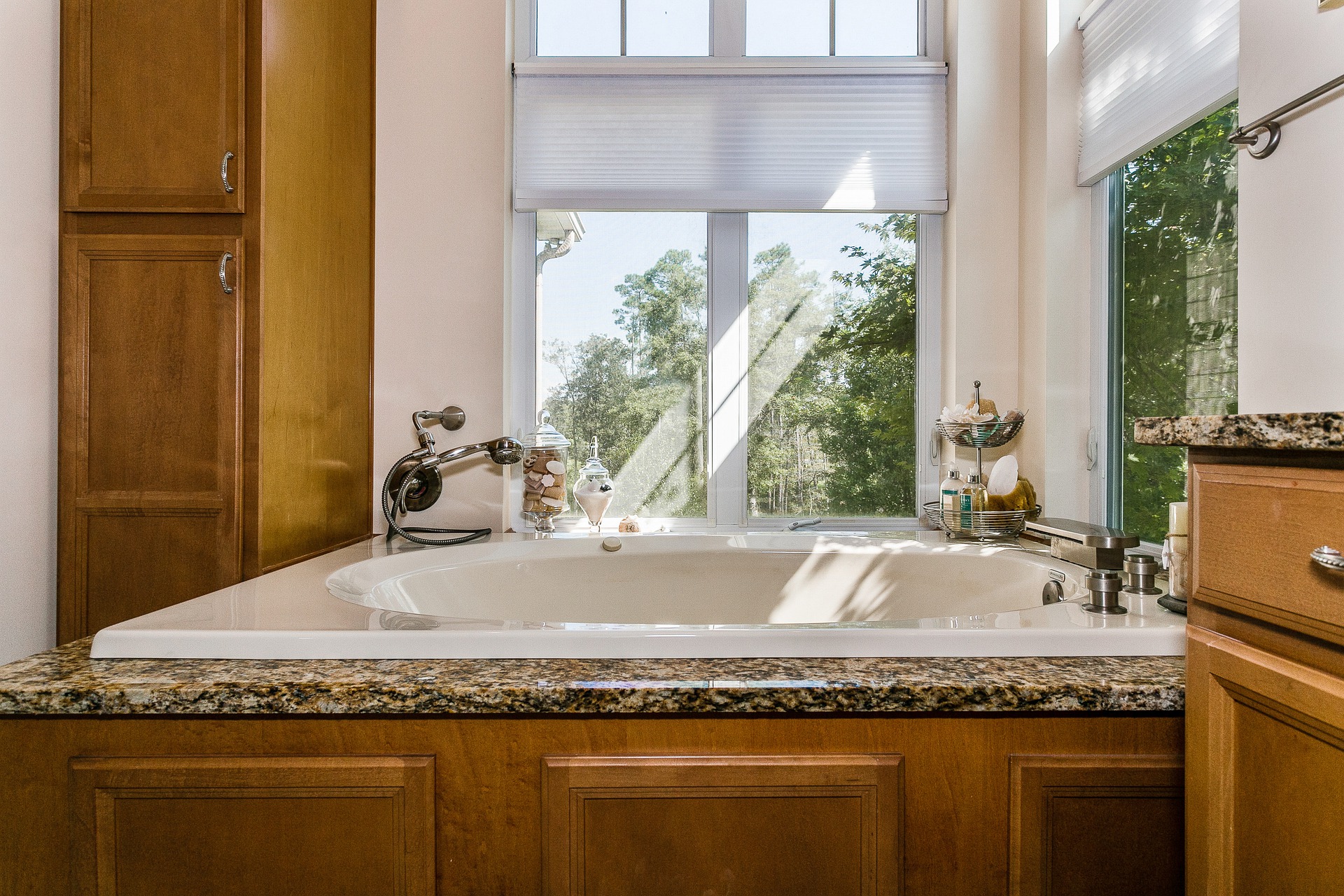When upgrading your bathroom, there are many ways to add the element of luxury. Light switch dimmers, towel warmers, and stone tiling are a few options, but the ultimate luxury item is a whirlpool tub. It can turn your bathroom into the ultimate spa-like experience right in the comfort of your own home. There are a variety of tubs available that come with different jets, heaters, and blowers to provide endless relaxation. A key thing to note is that all these additional features require specific electrical wiring to ensure your safety when using them in such close proximity to water. The National Electric Code has strict and clear regulations detailing how these whirlpool tubs need to be installed. If you are looking to add one of these units to your bathroom renovation, be sure to call a professional electrician to help with the project.
Check Your Municipality’s Codes
Municipalities need to abide by the NEC regulations, but they may also have stricter policies in place. Some require that a professional, licensed electrician be the one to install any tub (be it in the bathroom or as an outdoor hot tub) that involves electricity; others may allow the homeowner to install it, but it must be done under approved permits and with an electrical inspection following installation to ensure it was done correctly.
There Must be a Dedicated Circuit
Having a dedicated circuit for a whirlpool tub allows you to cut power to just that appliance immediately should you need to. It also needs to have all the power of the circuit to run–having multiple appliances or outlets on the same circuit would result in tripped breakers. Tubs that run off 120 volts need to be connected to a GFCI receptacle, but tubs that use 240 V do not. Both require a dedicated circuit, however. Each motorized component of the whirlpool needs its own GFCI receptacle–for example, the motor needs one, and if you have a heater or blower, these will need separate GFCIs.
There Must be a Disconnect Button
A disconnect button immediately cuts power to the whirlpool tub without going to the breaker box. According to the National Electric Code, a disconnect has to be connected to the tub and placed between 5-10’ away from the tub. The disconnect must be within reach for a bather to quickly remove power to the tub should the need arise. Check your local regulations to see if there are more specific requirements based on your municipality.
Copper Wires Must be Used
Though much less popular, it is still possible to find aluminum wiring used for electrical wiring in some homes. However, only copper wires should be used for any appliance or wiring involving water. Copper is able to conduct electricity more efficiently than aluminum, and it does not degrade in quality as quickly as aluminum wires. When wires heat and cool, the metal expands and contracts which eventually causes the wires to pull away from terminals and results in faulty wiring. Aluminum is much more pliable than copper, and thus this process of deterioration will happen much more quickly.
The master electricians at Promise Electric are experts in managing residential and commercial electrical projects. When undergoing home renovations, don’t underestimate the value of a professional electrician to ensure your project is completed safely and properly.



